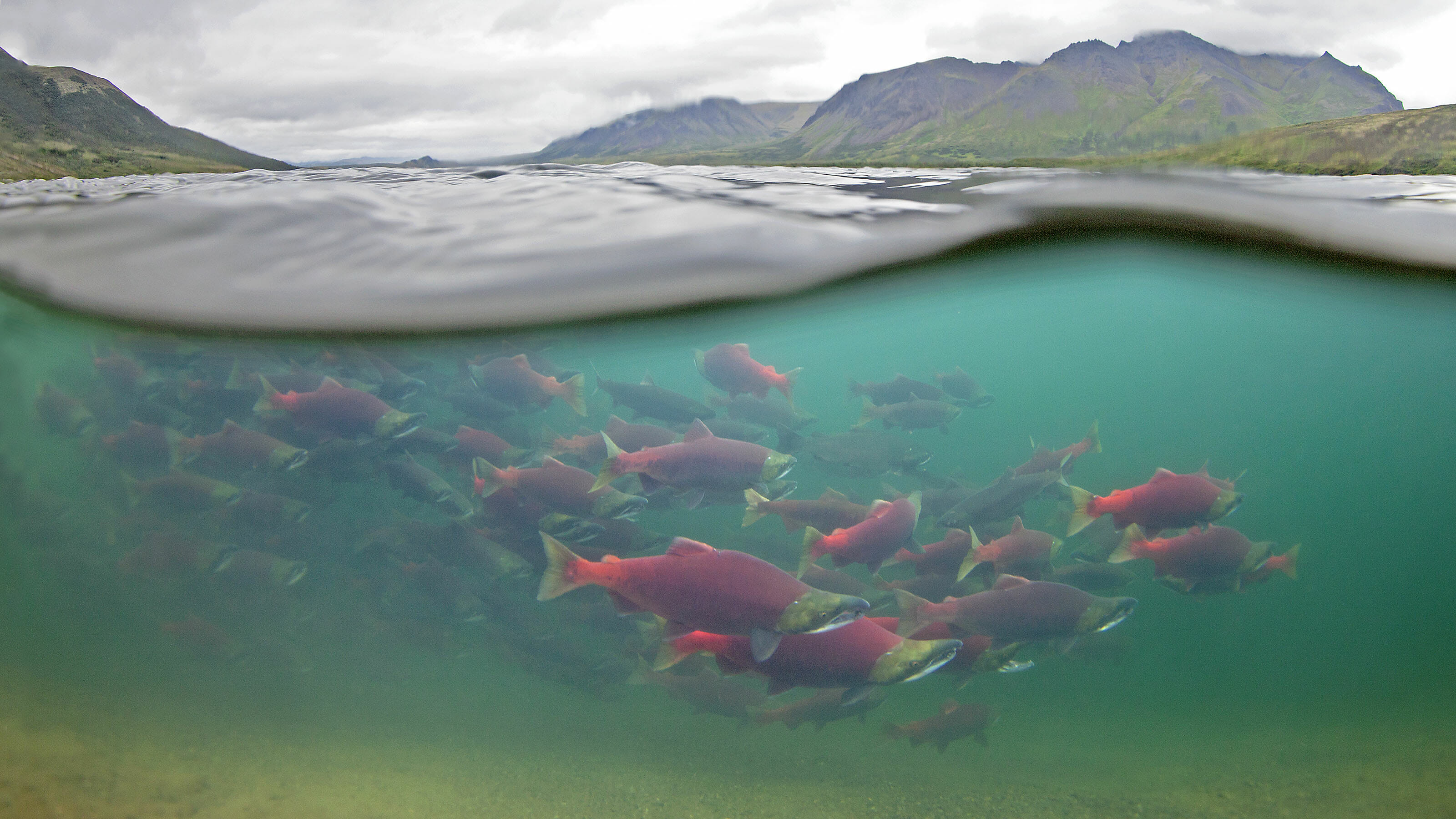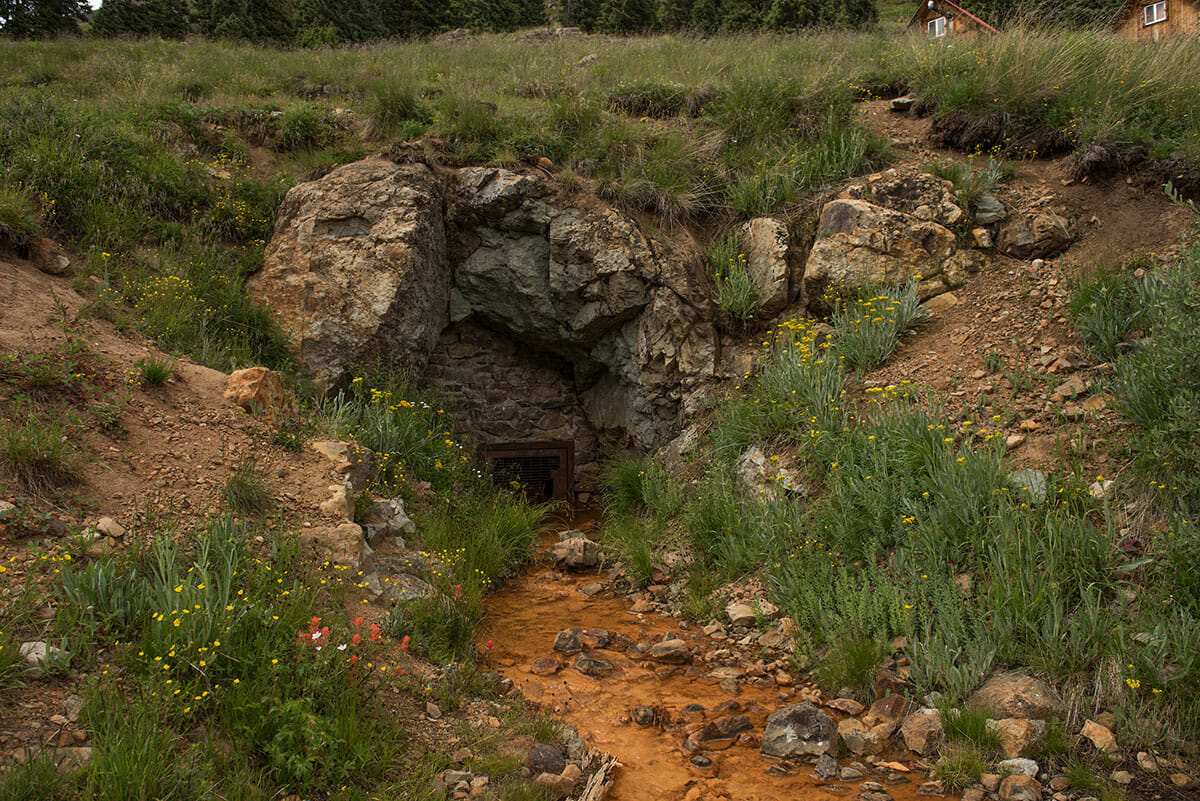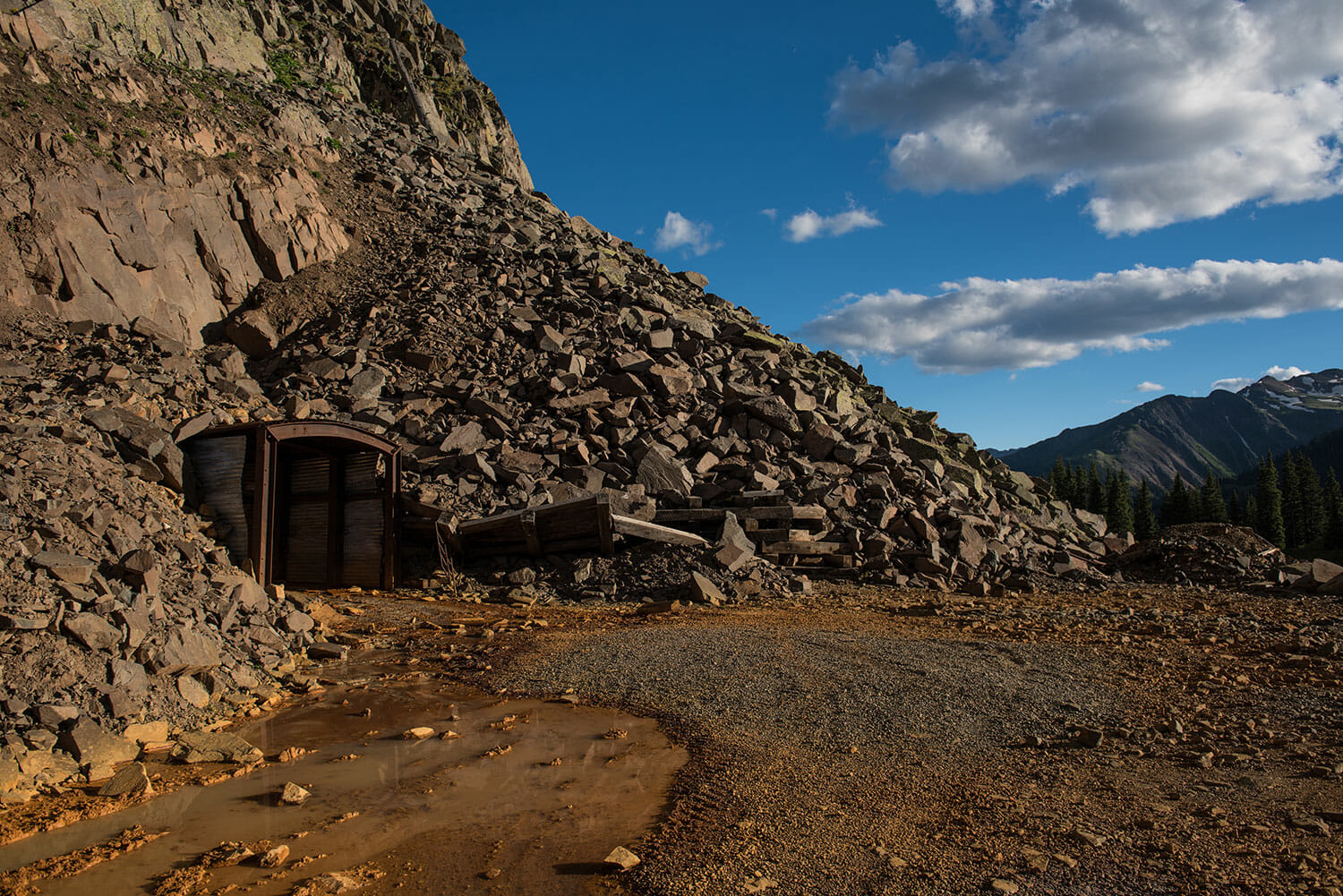Trout Unlimited and the work we do to protect and restore our nation’s coldwater fisheries is multifaceted. Advocacy is significant part of what we do, but we are a lot more and it sets us apart from any other natio
nal conservation organization. Throughout the country, staff and volunteers invest countless hours and tens of millions of dollars yearly into restoring watersheds and correcting the errors of past land uses that weren’t so trout friendly.
It is this diversity of work – from advocating for the protection of our special places, to pushing for sound conservation policies, to restoring rivers and streams, to teaching kids about fishing and stewardship – that makes us so effective. There is perhaps no other issues that exemplifies the depth and breadth of what we do more than our work that falls under the umbrella of mining.
Protect
Nobody would suggest that all places are appropriate for mines. Certainly, we can all agree that Yellowstone National Park is not suitable for mining. But what about other places that may not be as celebrated as our national parks, but special nonetheless and critical for sustaining our outdoor traditions? Should these places also be off limits? For some, the answer is yes.
 Bristol Bay is one such place. This region is home to one of the most sought after angling experiences on the planet. Tucked away in an isolated corner of southwest Alaska, its rivers are home to the world’s largest run of sockeye salmon and rainbow trout as long as your leg. This prime fishing destination and region’s fisheries, jobs, and way of life for thousands of Alaska Natives are threatened by the Pebble Mine, a proposal to turn the headwaters of Bristol Bay into one of the world’s largest open-pit mines. This is simply the wrong mine in the wrong place and is not a risk we are willing to take. Trout Unlimited is working with anglers, local communities and businesses to stop Pebble Mine and put long-term protections in place for Bristol Bay Alaska.
Bristol Bay is one such place. This region is home to one of the most sought after angling experiences on the planet. Tucked away in an isolated corner of southwest Alaska, its rivers are home to the world’s largest run of sockeye salmon and rainbow trout as long as your leg. This prime fishing destination and region’s fisheries, jobs, and way of life for thousands of Alaska Natives are threatened by the Pebble Mine, a proposal to turn the headwaters of Bristol Bay into one of the world’s largest open-pit mines. This is simply the wrong mine in the wrong place and is not a risk we are willing to take. Trout Unlimited is working with anglers, local communities and businesses to stop Pebble Mine and put long-term protections in place for Bristol Bay Alaska.
We are also working to secure protections for other important watersheds in the lower 48 that are likewise not suitable for mines. Places like Montana’s Smith River, the Kalmiopsis in southwest Oregon, the Methow headwaters in north-central Washington, Grand Canyon in Arizona and Yellowstone gateway just outside of the famous national park. Protecting some of these places is highly contentious, while others enjoy broad support, but they all share one thing in common: they are not suitable for mining and we are standing up for their protection.
Protecting streams also means having the right policies in place to ensure mining that does occur is done responsibly and that impacts will be mitigated. This November, Montana voters will vote on the Yes for Responsible Mining Initiative (I-186) to protect clean water in in the Treasure State. Currently, new mines can be permitted even if it is known they will require on-site water treatment forever. I-186 would give the Montana Department of Environmental Quality the authority to deny a permit for a future mine that is simply too risky. I-186 is simple: if mine is going to pollute forever, it’s isn’t going be permitted. Not going to pollute? No problem.
Reconnect and Restore
 Mining helped to fuel our country’s westward expansion and has left its mark in many ways. Place names like Silverton, Placerville, Goldfield and Cokeville are sprinkled wherever valuable minerals and coal might be found and the prospect of striking it rich spurred entrepreneurs to follow the trail of speculation to the next big rush. Yet, much of this mining was done with little knowledge of what the long-term impacts might be and we are still feeling the effects of legacy mine pollution and fishless steams, both in the East and in the West. Many look at these mines and their impact and see scars, but we see opportunity to restore watersheds and bring back coldwater fisheries.
Mining helped to fuel our country’s westward expansion and has left its mark in many ways. Place names like Silverton, Placerville, Goldfield and Cokeville are sprinkled wherever valuable minerals and coal might be found and the prospect of striking it rich spurred entrepreneurs to follow the trail of speculation to the next big rush. Yet, much of this mining was done with little knowledge of what the long-term impacts might be and we are still feeling the effects of legacy mine pollution and fishless steams, both in the East and in the West. Many look at these mines and their impact and see scars, but we see opportunity to restore watersheds and bring back coldwater fisheries.
In the Western United States, there are over 33,000 abandoned hard rock mine that have degraded the environment. Add to that 13,000 miles of streams that are impacted by abandoned coal mines in the Appalachia region and you start to get a sense for just how prevalent this problem is throughout the country. The responsible parties who caused this pollution are long gone and the government has spent billions cleaning up these leaking abandoned mines, but there is much more work to do. That’s where TU comes in.
Trout Unlimited’s restoration specialists know how to leverage public and private dollars to clean up abandoned mines, creating clean water and jobs along the way. We work with numerous partners, including state and federal agencies, the mining industry, landowners, contractors and watershed groups to tackle cleanup projects throughout the country, such as Kettle Creek in Pennsylvania, Ninemile Valley in Montana and Clear Creek in Colorado, just to name a few.
Pollution from abandoned mines fall into two categories, dry “non-point sources” and “point sources”. Dry, non-point source sites are those without a specific point where the pollution enters the water and are commonly tailings piles that cause contaminated runoff. Point sources are those that have a specific source of water pollution that you can, well, point to. Think of a mine adit bleeding orange, heavy metal-laden water; that’s a point source. This is an important distinction because while we are able to tackle dry sites, under Federal law, groups who have no legal responsibility or connection to an abandoned mine – true Good Samaritans – are deterred from cleaning up point sources due to the incredible liability risks and threat of lawsuits.
We can solve this conundrum by passing legislation that provides bona fide Good Samaritans liability protections while also holding them accountable to terms of their permits. In doing so, we can free up groups like Trout Unlimited and state agencies to clean up leaking abandoned mines. Abandoned mines are a big problem, but with a little help from Congress, they are a problem we can tackle.
Mining is part of our heritage and its benefits are many. Mining helped to fuel the industrial revolution and build the warships and planes that won World War II. It is also an important economic driver in many parts of the country and is essential for our modern society. However, it has also created significant environmental impacts and new mines are being proposed in special places where the risks outweigh the benefits. Mining and environmental health can be difficult balance to strike, but a comprehensive approach can help us find the sweet spot to restore and protect watersheds where both ore and trout are found.



